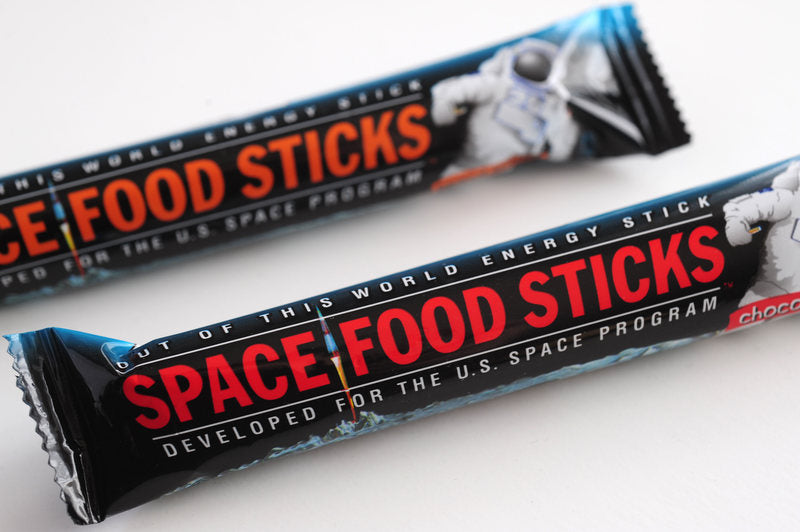
NASA Trial Converts Sunlight and Breath Into Oxygen and Food.
Share
Now it's not going to be a three-course meal, but a trial has started on the ISS with a renewable means of creating food and breathable air from Co2 and sunlight hitting the station.
The star of the show is a hardy and resilient microalgae named Chlorella Vulgaris which is housed in a 2m x 1m device known as the "Photobioreactor", made by the German Aerospace Center.
Even at this size, the device is not large enough to facilitate the entire station, however, the end goal at this point is to test the viability of it and extrapolate from the data collected.

The device feeds the algae light and consumed air by the station's inhabitants and converts it via photosynthesis into fresh(er) air and small amounts of edible by-product or the algae itself. Both of which we assume smell and/or taste fantastic.
This will go on for another 6 months to test the viability of the unit with the possibility of larger ones going into production to advance terraforming potential.

Researchers hypothesise that the unit they have now can provide up to 30% of astronauts daily food intake, with no clarification on the nutritional values as yet. We do know the edible algae refuse is mostly protein, which is highly valuable in a zero-gravity environment.
This is the type of science ARSE can get behind and you should to with a share.
#Space_Aus
Read more here:
-
'Green' Energy From Algae
Karlsruhe Institute of Technology, ScienceDaily, 2009
-
Team Begins Test Of Advanced Life Support System
National Aeronautics And Space Administration,ScienceDaily, 1997
-
International Space Station to Use Lawrence Livermore Lab System to Analyze Microbes
GenomeWeb, 2016
-
From space food research and innovation to immediate advantages for Earth eating habits: An aerospace – food producer company case study
Erica Varese, British Food Journal, 2017




